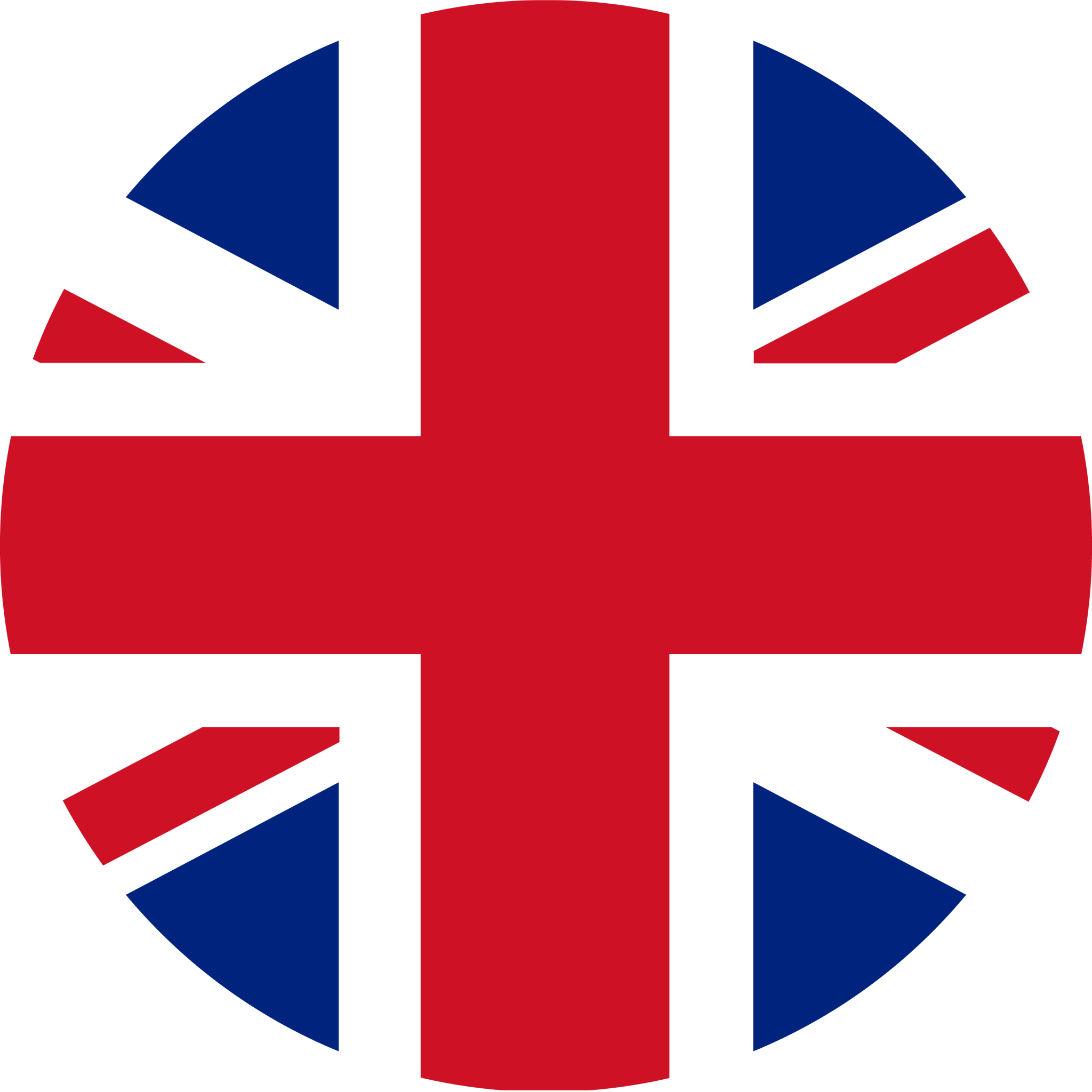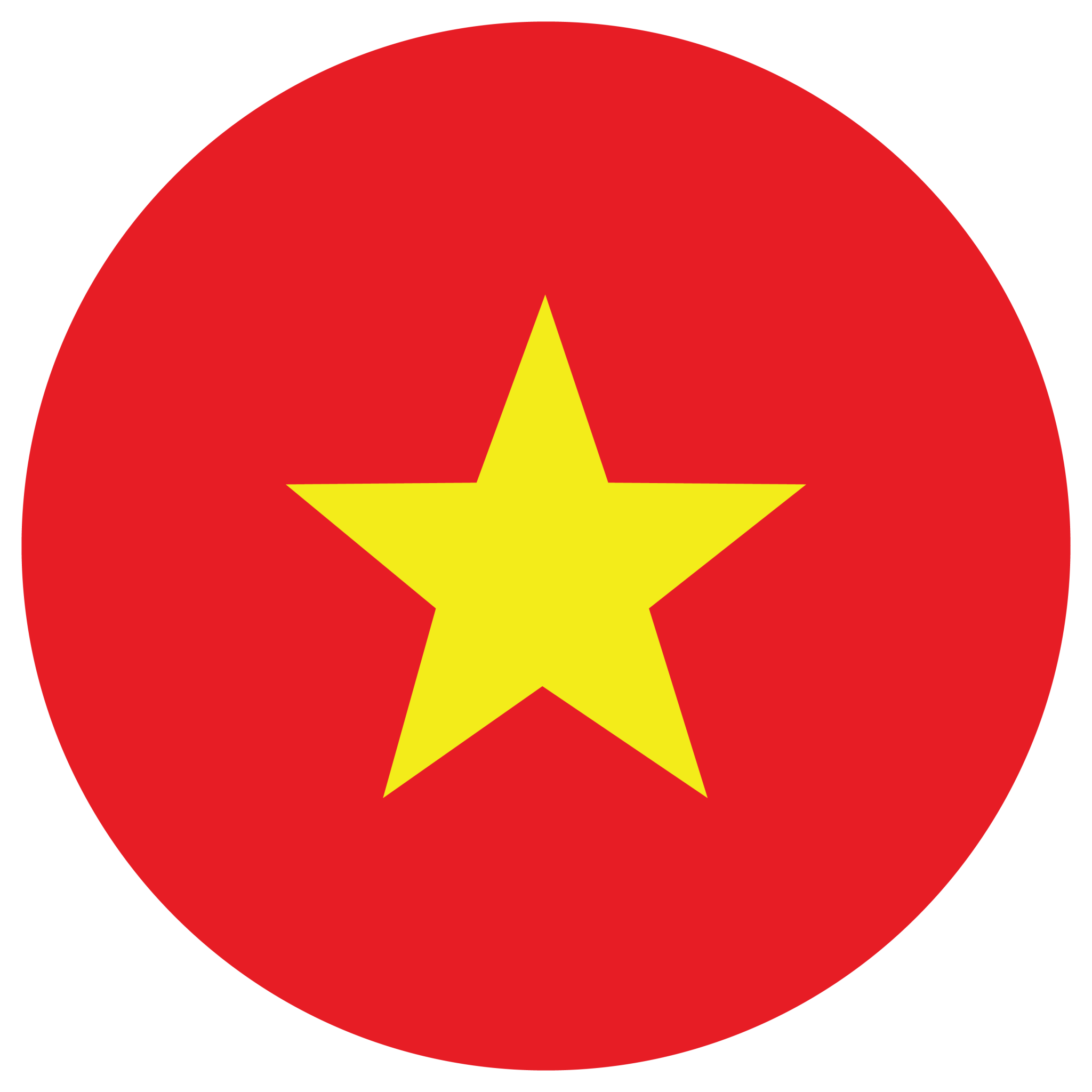Punctuation marks are small but powerful symbols that help us read and write correctly. They tell us where to pause, when a sentence ends, and how to express different emotions. Without punctuation, sentences can be confusing and difficult to understand. For example, there is a big difference between “Let’s eat, Grandma!” and “Let’s eat Grandma!” – one is inviting Grandma to a meal, and the other sounds like something much scarier!
Teaching punctuation to kids at an early age helps them develop strong reading and writing skills. When children learn how to use punctuation properly, they can communicate their thoughts more clearly and confidently. Whether it’s a period at the end of a sentence, a question mark for asking something, or an exclamation mark to show excitement, each punctuation mark has a special role. In this blog post, we will explore the most common punctuation marks, their meanings, and how kids can use them in everyday writing. With simple explanations, fun examples, and engaging activities, learning punctuation will become an enjoyable experience for young learners!
Learn English with EnglishCentral Kids
Would you like to take your child’s learning journey further? EnglishCentral Kids provides a fun and successful education with 25 minute one-on-one lessons for all ages and levels, along with lesson reports afterwards. There are fun and educational video lessons for your child to explore, and an AI tutor MiMi that will help your child with their English learning journey. Quizzes, interactive activities and entertaining vocabulary learning tools are gathered all on one platform and tailored according to your child’s level and needs.
Sign up to EnglishCentral Kids today for your child, keep learning and practicing!
English Punctuation Marks
Now, let’s start learning punctuation marks that will help us form proper and grammatically correct sentences for expressing ourselves better.
Period (.)
A period is a punctuation mark used at the end of a sentence to show that the thought is complete. It helps the reader understand when to stop and take a pause.
When Do We Use a Period?
At the End of a Statement: A statement tells us a fact or an opinion.
Example: The sun rises in the east.
At the End of a Command: A command (imperative sentence) tells someone to do something.
Example: Close the door.
In Shortened Words (Abbreviations): Periods are also used in abbreviations of words.
Example: Dr., Mr., U.S.A.
Comma (,)
A comma is a punctuation mark that helps make sentences clear. It separates ideas, lists things, and adds little pauses when we read.
When Do We Use a Comma?
To Separate Items in a List: When listing three or more items, commas help separate them.
Example: I bought apples, bananas, oranges, and grapes.
After Introductory Words or Phrases: Commas set off introductory elements.
Example: After dinner, we watched a movie.
Before Joining Sentences: When two complete sentences are joined with words like and, but, or so, we use a comma.
Example: She wanted to go outside, but it was raining.
To Separate Additional Information: Commas can be used to add non-essential details.
Example: My brother, who loves football, plays for the school team.
Question Mark (?)
A question mark is a punctuation mark that goes at the end of a question. It helps us know when someone is asking something.
When Do We Use a Question Mark?
At the End of a Question: A question mark replaces a period when a question is asked.
Example: Where are you going?
To Show Uncertainty: A question mark in parentheses (?) means we’re not sure about something.
Example: The ancient text was written in 500 B.C. (?)
In Tag Questions: When we turn a statement into a question using a small phrase at the end.
Example: You like ice cream, don’t you?
Exclamation Mark (!)
An exclamation mark shows strong emotion, excitement, or urgency. It adds emphasis to a sentence.
When Do We Use an Exclamation Mark?
To Show Excitement or Surprise
Example: Wow! That’s an amazing painting!
To Express Strong Feelings
Example: I can’t believe we won the game!
In Commands or Warnings
Example: Watch out! The dog is running towards you!
In Exclamatory Sentences: Sentences that express strong emotion often end with an exclamation mark.
Example: What a beautiful day!
Ellipsis (…)
An ellipsis is a series of three dots that indicate missing words, pauses, or unfinished thoughts.
When Do We Use an Ellipsis?
To Show a Pause in Thought
Example: I don’t know… maybe we should ask someone.
To Indicate Omitted Words in Quotes
Example: “To be or not to be… that is the question.”
To Show an Unfinished Sentence
Example: She started to say something, but then…
Parentheses ( )
Parentheses are used to add extra information or explanations to a sentence.
When Do We Use Parentheses?
To Provide Additional Information
Example: My sister (who is 10 years old) loves reading books.
To Show an Alternative Name
Example: The capital of France (Paris) is a famous tourist destination.
To Insert Explanatory Notes
Example: He was born in 1990 (the same year the Berlin Wall fell).
Apostrophe (’)
An apostrophe is a little mark that shows who owns something, shortens words, or replaces missing letters.
When Do We Use Apostrophes?
To Show Possession
Example: This is Sarah’s book. (The book belongs to Sarah.)
In Contractions (Shortened Forms of Words)
Example: Can’t (cannot), It’s (it is), They’re (they are)
To Show Plural Possession
Example: The teachers’ lounge. (The lounge belongs to multiple teachers.)
To Indicate Omitted Letters in Informal Speech
Example: ‘Cause (Because), ‘Til (Until)
Frequently Asked Questions About English for Kids – Punctuation Marks
Why are punctuation marks important for kids to learn?
Punctuation marks help kids understand sentence structure, improve their reading comprehension, and express their thoughts clearly in writing. Without them, sentences can be confusing or have different meanings.
How do ellipses help in writing?
Ellipses (…) are used to show pauses, unfinished thoughts, or missing words in a sentence. They help create suspense or indicate that part of a sentence has been omitted.
What is the difference between a question mark and an exclamation mark?
A question mark (?) is used at the end of a sentence when asking a question, while an exclamation mark (!) is used to express strong emotions.
What is the easiest punctuation mark for kids to learn first?
The period (.) is the easiest punctuation mark to learn because it simply indicates the end of a sentence. Question marks (?) and exclamation marks (!) are also easy to recognize and understand.
You can access everything your child needs to learn English on a single platform! With 25-minute live lessons guided by teachers specialized in child education, entertaining and instructive interactive videos designed for child development, vocabulary learning tools, the AI Tutor MiMi, quizzes, and interactive activities, EnglishCentral Kids offers a personalized and quality education plan tailored to your child’s needs at affordable prices. How about registering for EnglishCentral Kids now and starting your child’s English learning journey?











